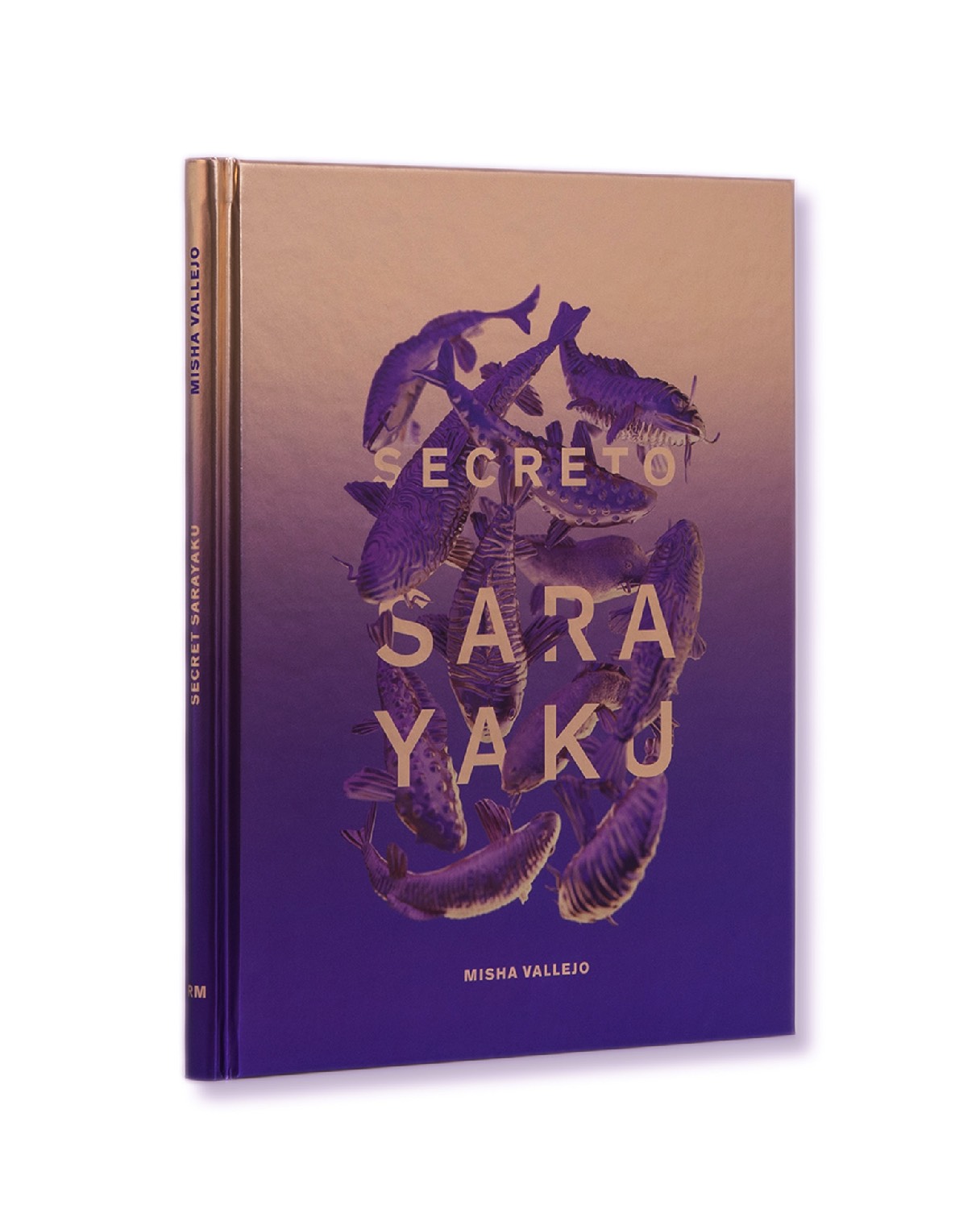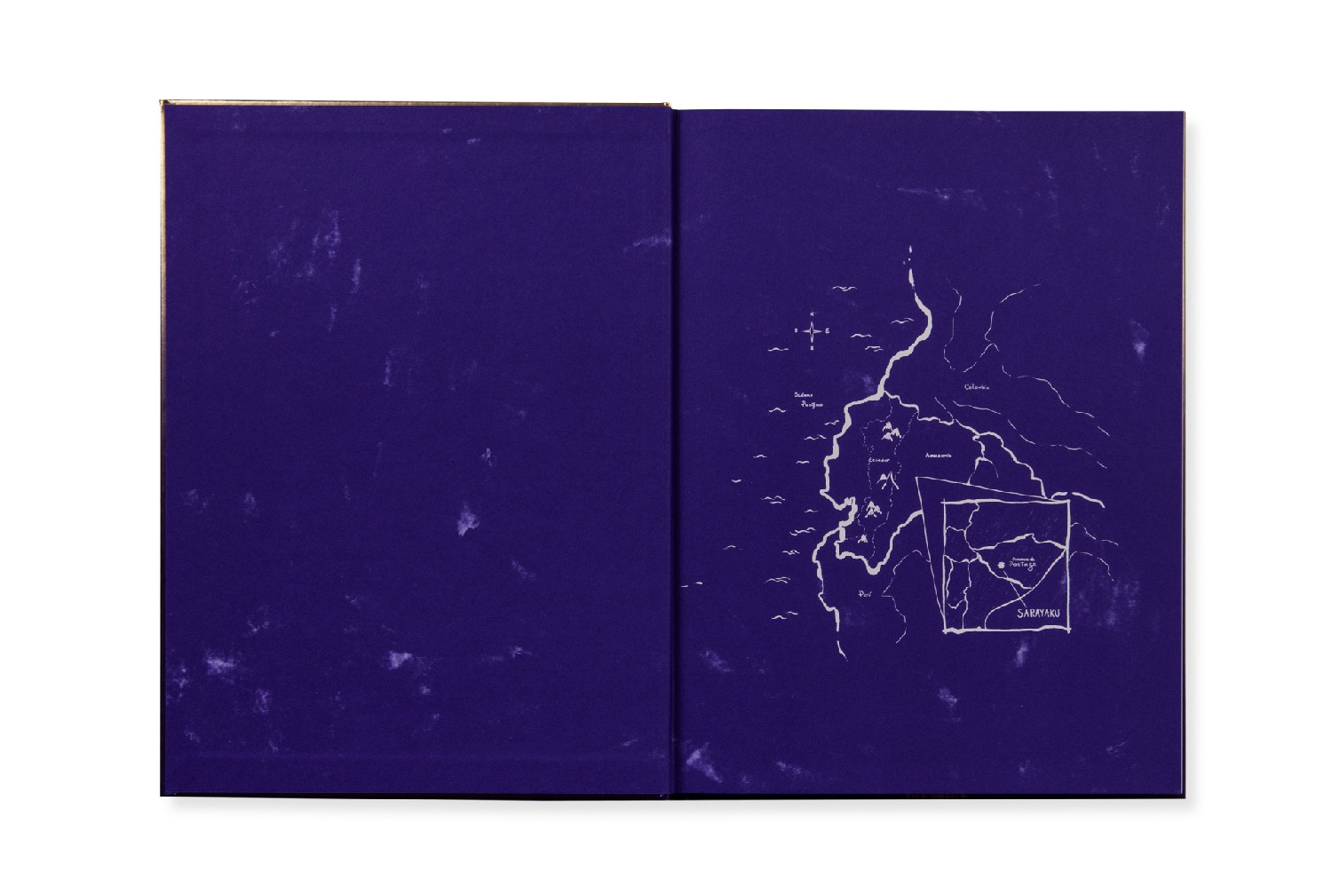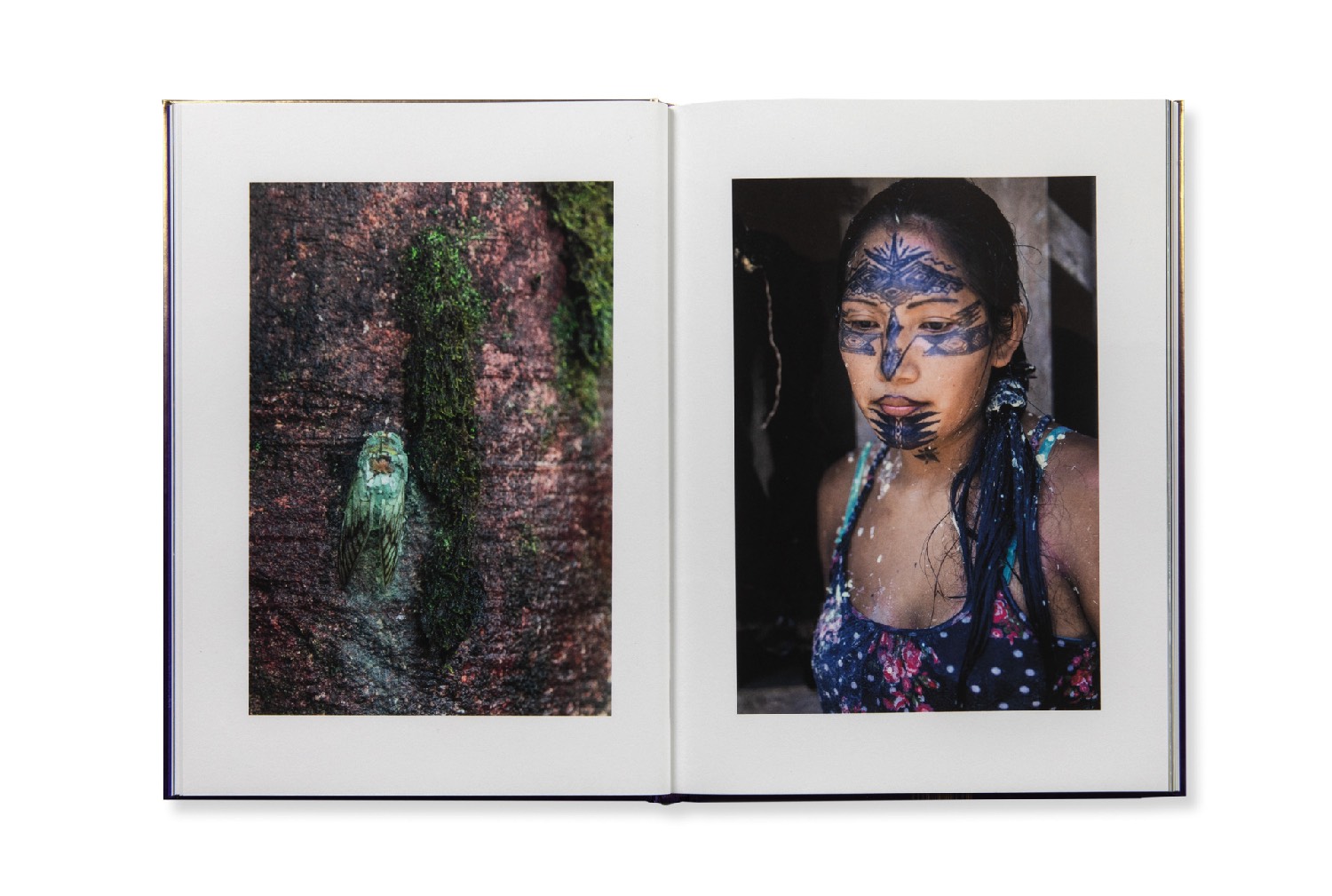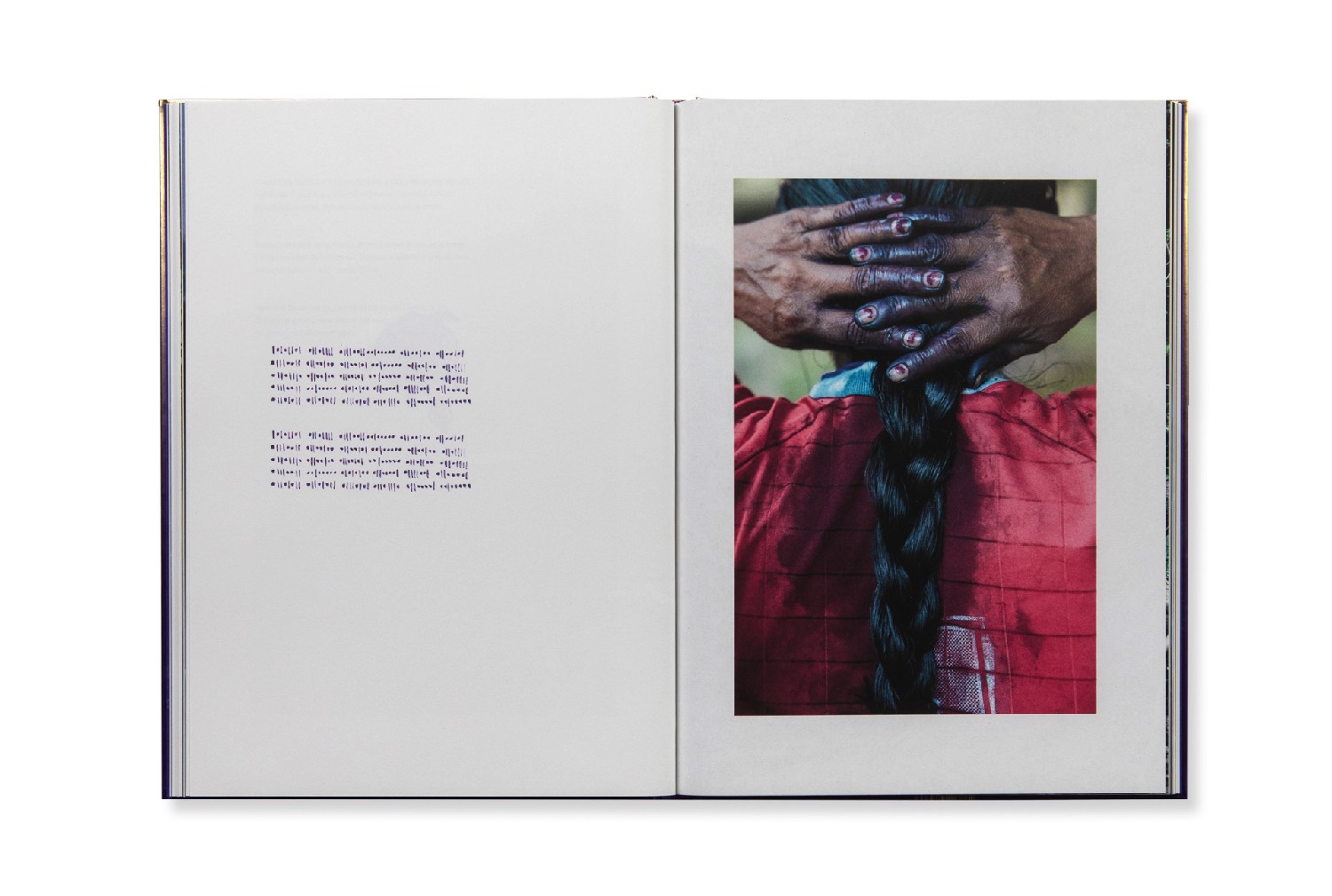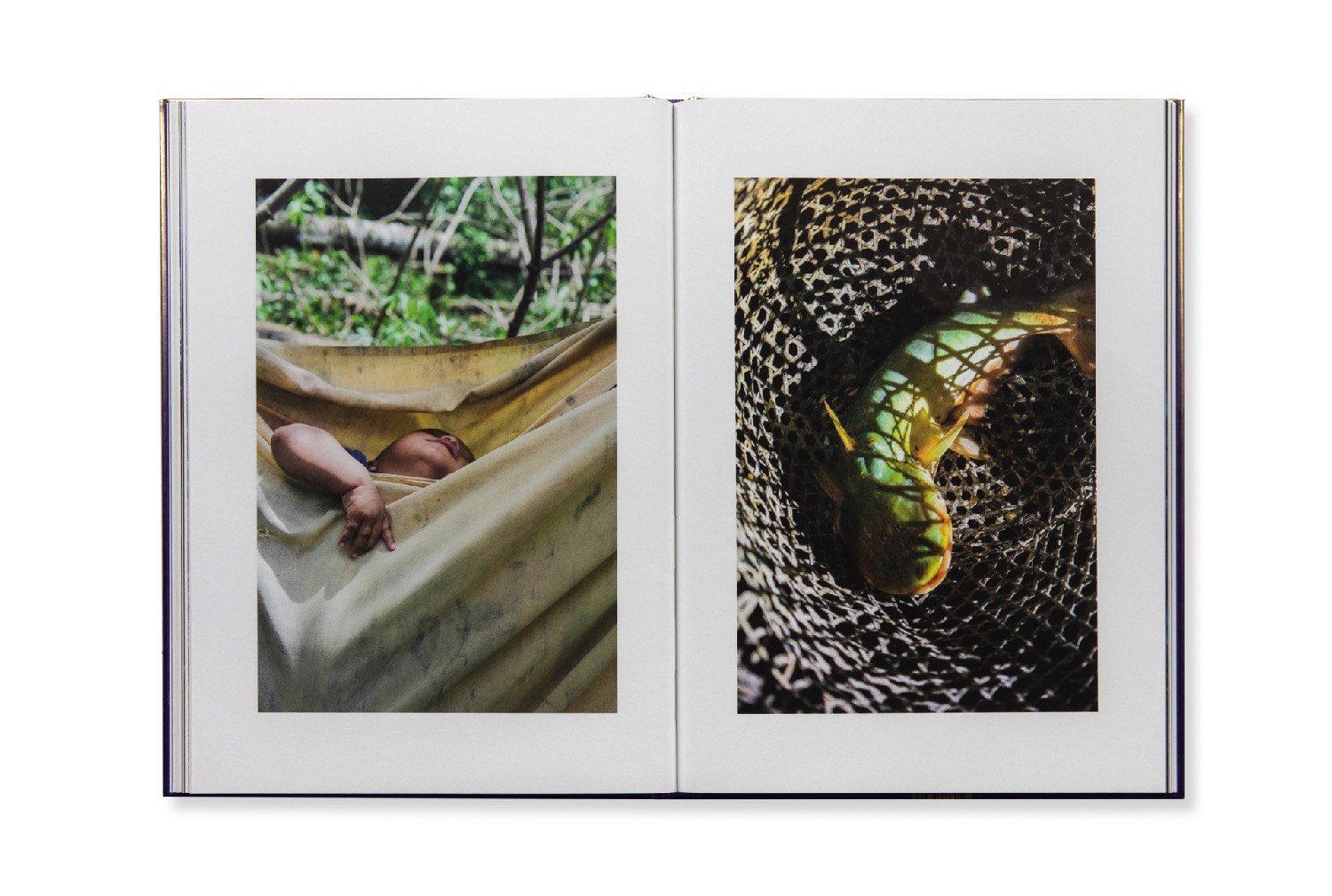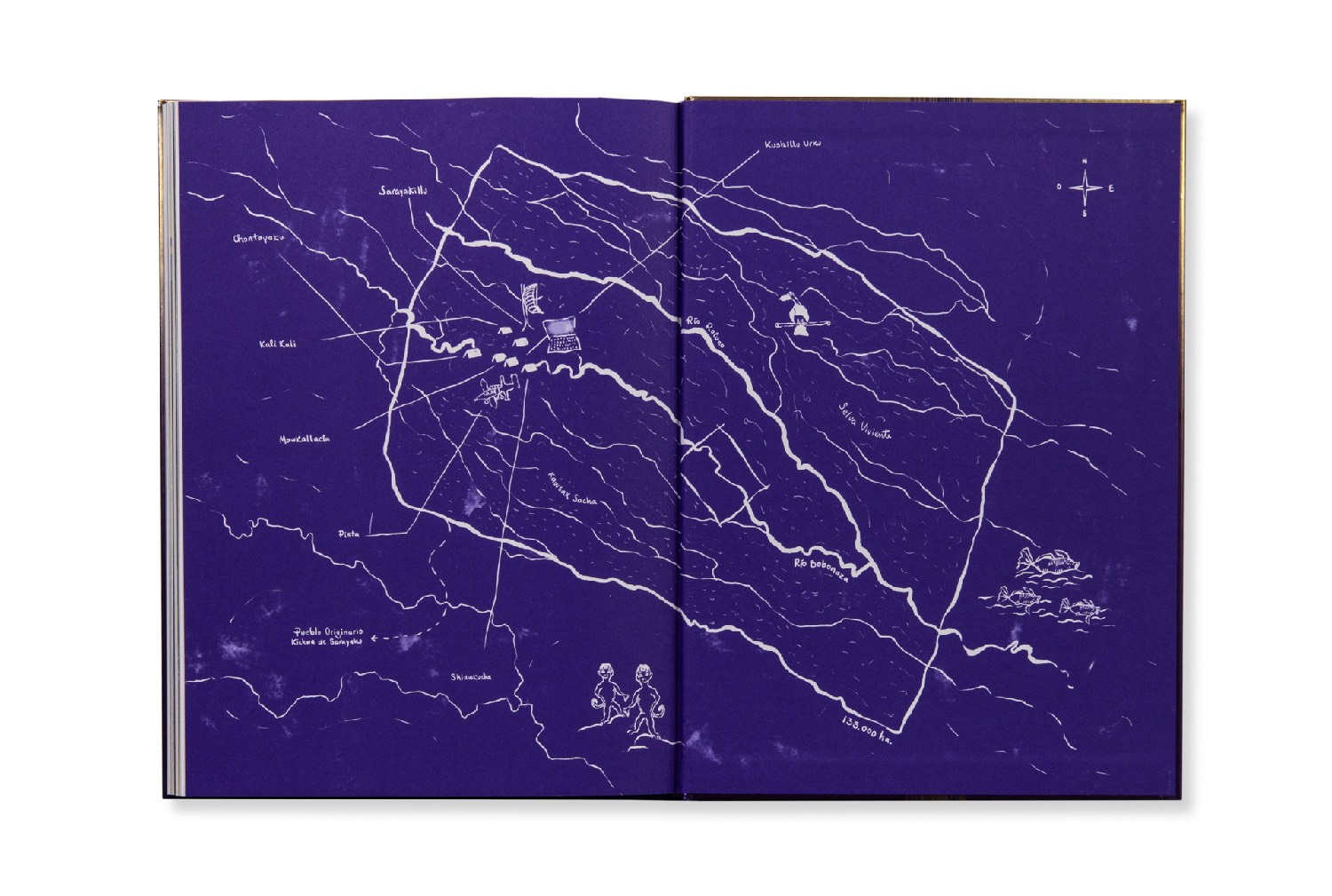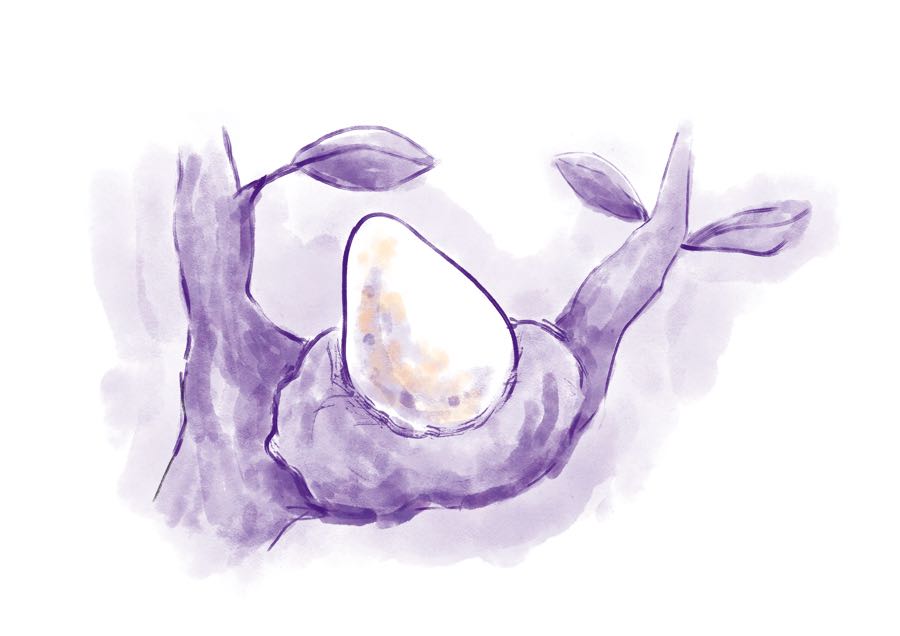

The jungle has the power to give us life, not only to Sarayaku, but to the whole world.
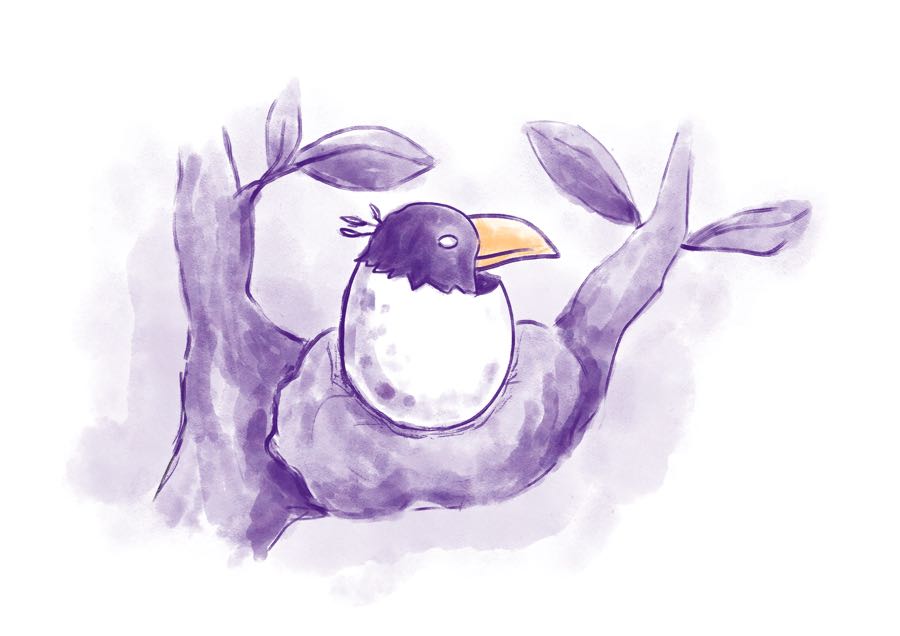

I take a bath in the river before going to school.
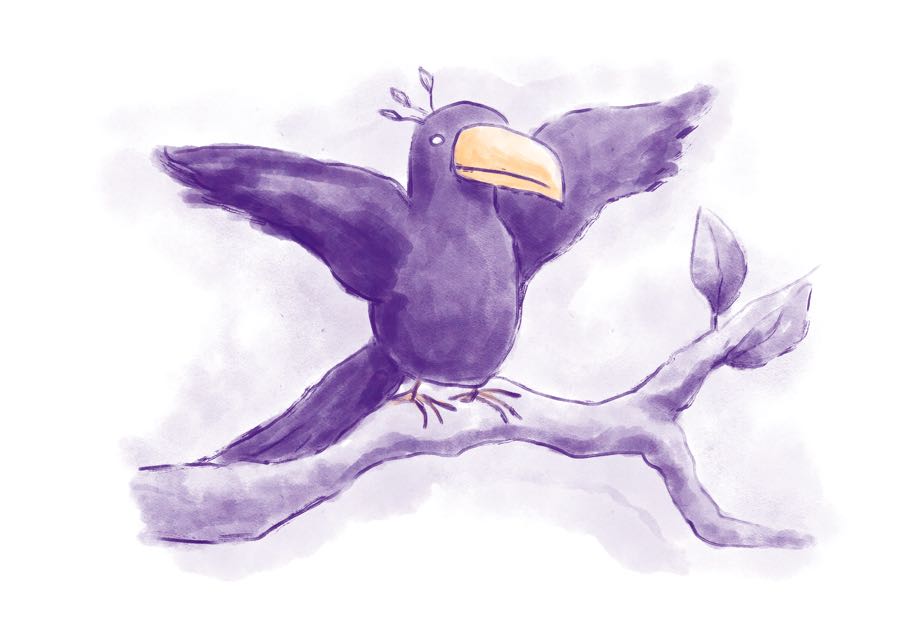

We took advantage of the Internet in order to educate ourselves and to educate the people of the city.
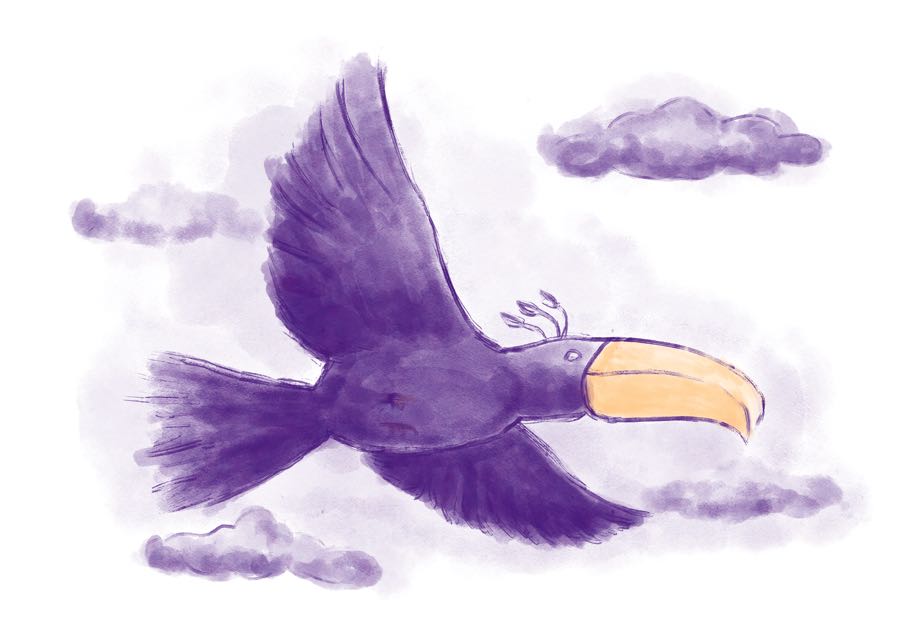

Here, humans and nature become one.
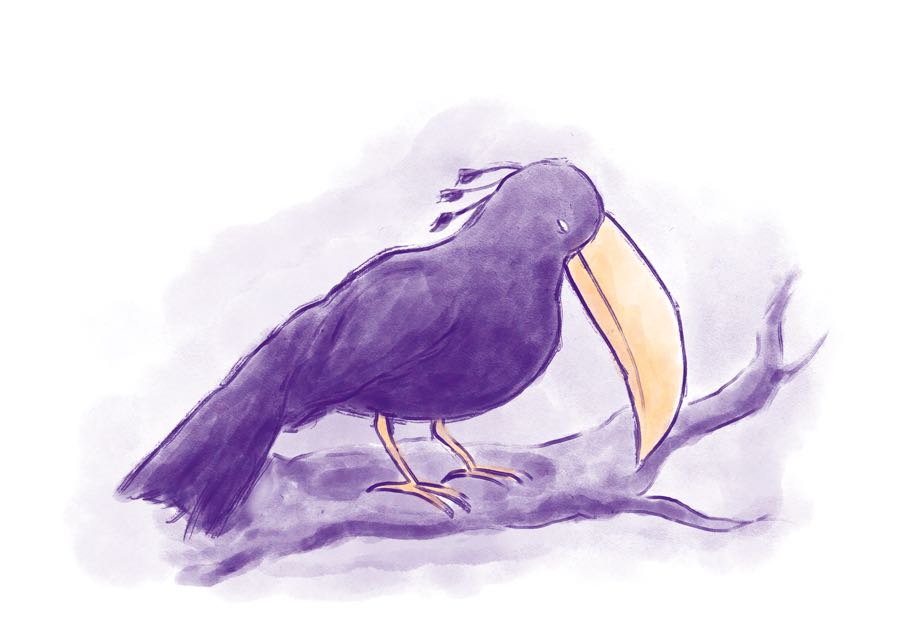

There is oil here. That’s why they want to destroy everything. But we won’t let them.
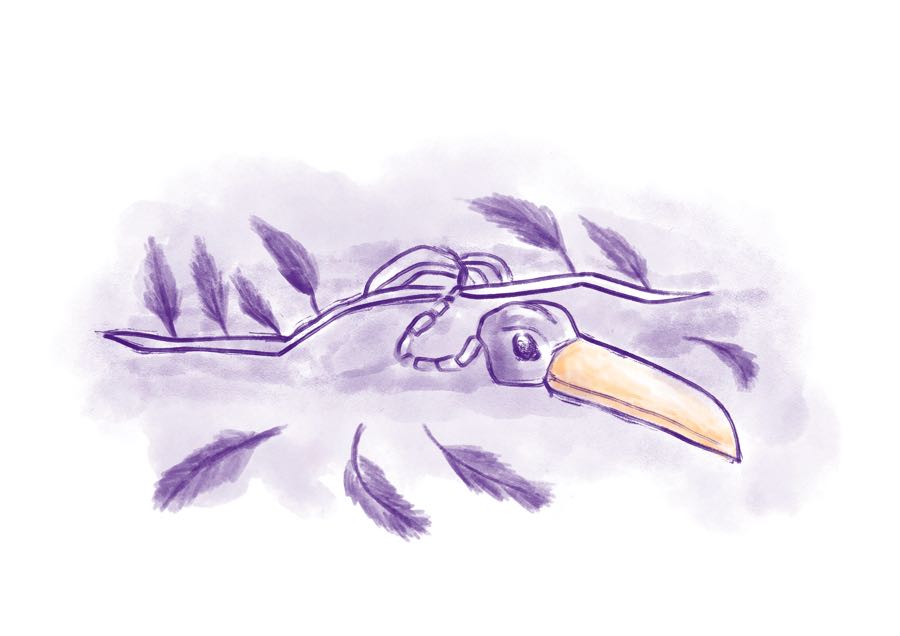

We, human beings, are not superior to nature. We are equals.

About the project
The Kichwa people of Sarayaku in the Ecuadorian Amazon Rainforest have always held a physical and spiritual connection with the jungle and its Supreme Beings in order to maintain equilibrium within their world. They believe in the Kawsak Sacha or Living Forest. The Kawsak Sacha is based on the idea that the jungle is a living, conscious and rights-bearing entity in which all elements, including the plants, animals, humans, rivers, wind, stars, etc., are alive, have a spirit and are interconnected. If one aspect of this is damaged, it will trigger a chain reaction affecting all other parts of the jungle. Thus, the Kichwa take from the jungle only what they need to survive and nothing more. They believe that protecting their home is fundamental not only to their own survival, but to that of humanity. By documenting their everyday life, this transmedia project offers a reinterpretation of their worldview.
At first glance, this story may appear too insignificant to affect life on the planet at large, but not according to the worldview of the Kichwa. The Kichwa people believe we are all part of this big and complex organism that we call Earth. Everything that affects the Kichwa affects all of us. Everything is connected. In the times we live in, implementing this philosophy to our everyday life could mean the difference between extinction or survival.
In emphasis of this connection, the Sarayaku have used social media to become cyber-activists: they spread their environmental message and connect with supporters across the globe via a satellite Internet connection. The community is convinced that by sharing their life in the jungle, they will inspire people around the globe to implement different strategies in the fight against climate change. They want to get known internationally, not out of vanity but rather because in this way it will be much harder for the government or big oil companies to disappear them. Nevertheless, this Internet connection with the “outside world” is a double-edged sword and has resulted in an ever-greater presence of Western culture within their everyday life.
The worldview of the Sarayaku is not linear. It resembles a circle with hundreds of nodes and internal connections. This documentary uses that concept as a starting point, for which reason several elements within this project are accessible both individually and as a whole. The elements of this project consist of a web documentary, book, exhibition and podcast.
This transmedia project is an invitation to explore this jungle of information where Western contemporary knowledge merges with the knowledge of the ancestral indigenous community. Furthermore, this documentary gives the community a strong voice and opens the debate on how we can keep our planet alive. It is clear that without the Amazon Rainforest the world cannot exist.
Close
About the book
Secret Sarayaku by Misha Vallejo
Published by RM (Barcelona, Ciudad de México, 2020)
Edited by Claudi Carreras and Misha Vallejo
Click here to order the book!
The book “Secret Sarayaku” is a subjective photographic reinterpretation of the ancestral Kichwa knowledge of the Kawsak Sacha or Living Forest. This worldview affirms that all elements of the rainforest are alive, have a spirit and are interconnected. For this community, the conservation of their home is paramount to human survival.
This book implements a circular narrative which on the one hand, focuses on the relationship between the community and the Sacha Runakuna or Supreme Protectors of the rainforest. These are mythological beings that cannot be seen by the bare eye (or bare camera lens, for that matter), but instead are accessed by the indigenous yachackuna or wise men through a spiritual connection. On the other hand, this book provides a visual analysis of the relationship between the community and the outside world through technology, such as the Internet and social media.
This book is a physical object that will endure in time as an emotional witness to the Kichwa philosophy.
Technical data
Hardcover
108 pages
19 x 25.4 cm (7.5 x 10 inch)
Trilingual edition in Kichwa, Spanish and English
ISBN: 978-84-17975-33-3
Get involved
Nature has Rights
If you wish to support the Sarayaku community and help them preserve their territory and nature, you can donate via the link below. Please type the word ‘Sarayaku’ in the comment field.
Please note that 100% of your donation will go directly to the community and it will help to support essential maintenance costs and acquisition of new camera equipment, that will enable them to continue sharing their important message and stories with the world.
The funds will also be used for relief against the COVID-19 pandemic which greatly affected the community.
The Team
Project director
Misha Vallejo
Photography
Misha Vallejo
Video
Isadora Romero, Misha Vallejo
Book Editing
Claudi Carreras, Misha Vallejo
Video Editing
Misha Vallejo, Isadora Romero
Podcast
Emmie Kollau, Misha Vallejo
Podcast consultants
Anais López, Marga Rotteveel
Video audio masterization
Emile Plonski
Web Editing
Misha Vallejo, Isadora Romero
Book art director
Ramón Reverté
Graphic design
Estudio Lunalunares
Illustrations
Estudio Lunalunares, Silvia Guatatuca
Interactive design and programming
Squareclouds Design, Santiago Duque
Animation
Kevin Trujillo
Editorial coordination
Lea Tyrallová
Book prepress
La Troupe
Book printed by
Artes Gráficas Palermo
Interviews
Misha Vallejo, José Miguel Santi
Blog
Samai Gualinga, Abigail Gualinga
Text
Extracts of the Kawsak Sacha declaration by the Kichwa Ancestral People of Sarayaku
Statistics
WWF, Rainforest Alliance | If not us, then who?
Kichwa translation
José Miguel Santi
English translation
Rachel Arata
Copy-editing
Isabel Paz y Miño, Guillermo Morán
This project was made partly with the support of the grant for Cultural and Artistic Response for Environmental Change given by the Prince Claus Fund (Netherlands, 2019) and the Goethe Institut (Germany, 2019).
This material was made as a result of the Public Tender fot Artistic and Cultural Projects 2018 – 2019, impulsed by the Institute for the Promotion of Arts and Creativities of Ecuador.
Further more, this documentary is sponsored by the Sinchi Foundation and the Organization of Ibero-American States for Education, Science and Culture.
This project was partly developed during the artist-in-residence program at Amsterdam’s Docking Station in January-February 2019 and March-April 2020.
Some images were taken while on assignment for GEO France and Voice of Native Women.



Exhibitions
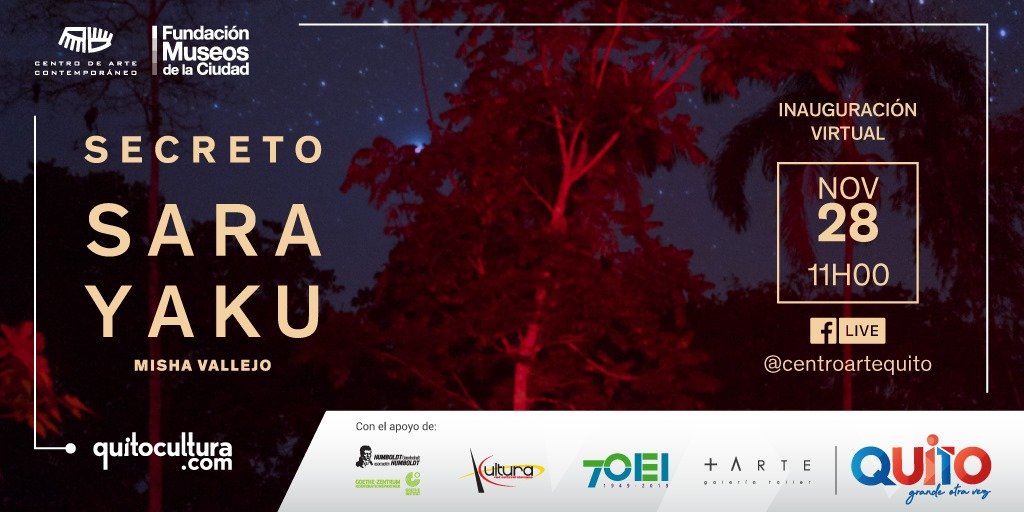
Secret Sarayaku at Quito's Contemporary Art Centre
On Saturday, November 28th, 2020 will take place the opening of the Secret Sarayaku exhibition at Pavilion 1 of the Contemporary Art Centre in Quito. The exhibition is an immersive experience into the modern world of the Kichwa indigenous community of Sarayaku, located in the depths of the Ecuadorian Amazon Rainforest. Through the use of video, audio stories, sound, projections and digital photography, as well as intervened instant photographs, this show will bring the viewer closer to the mythological world of the Sacha Runakuna (the Supreme Protectors of the rainforest) and the Kawsak Sacha (the Living Forest), as well as open a dialogue with the audience.
This show is a subjective approach to life within the Sarayaku community and was made not only thanks to a five-year research project conducted by the author, but also with active help from several community members. The intention of this exhibit is not to generate convictions or present irrefutable truths, but rather the essay, disguised as a documentary, poses the question of how we photograph that which cannot be seen, but is widely known to exist.
The Podcast
“How to defeat a Jaguar?” - is a fictional narrative based on interviews made in the Kichwa community of Sarayaku and it tackles environmental as well as spiritual issues. This podcast was made by Misha Vallejo in collaboration with Emmie Kollau in 2020 during the Docking Station artist in residence program in Amsterdam.



